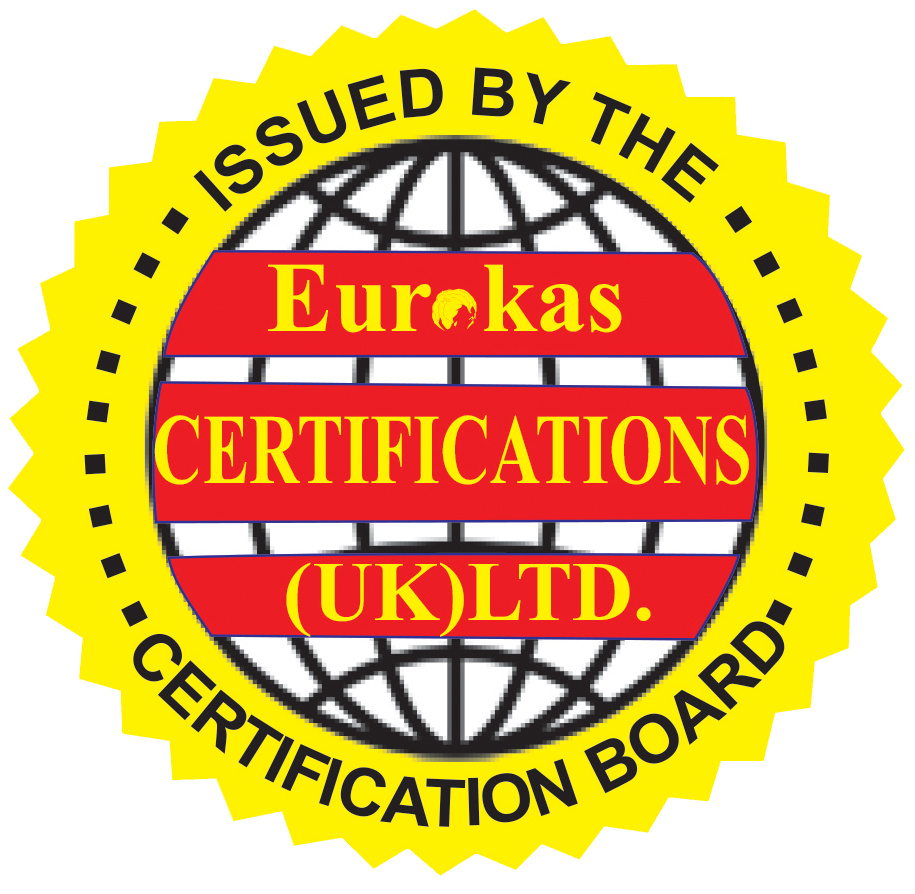CE marking is a certification mark that indicates a product’s conformity with the essential requirements of relevant European Union (EU) directives and regulations. The CE marking is mandatory for certain products before they can be legally sold within the European Economic Area (EEA) and, in some cases, other European countries that have adopted similar requirements.
Key Points about CE Marking:
- Purpose:
- CE marking demonstrates that a product complies with EU safety, health, and environmental protection requirements.
- Products Covered:
- CE marking is applicable to a wide range of products, including machinery, electronics, medical devices, toys, construction products, personal protective equipment, and more.
- Legal Requirement:
- CE marking is a legal requirement for products covered by relevant EU directives and regulations. It indicates that the manufacturer has assessed the product and declared its conformity.
- Responsibility of the Manufacturer:
- The responsibility for ensuring that a product bears the CE marking lies with the manufacturer or their authorized representative within the EEA.
- Conformity Assessment:
- Depending on the type of product, a manufacturer may need to undergo a conformity assessment process to ensure compliance with relevant standards.
- Affixing the CE Mark:
- The CE marking is usually affixed to the product or its data plate, and it must be visible, legible, and indelible.
- EU Directives and Regulations:
- CE marking is associated with specific EU directives and regulations that apply to different types of products. Examples include the Machinery Directive, Medical Devices Directive, and the Low Voltage Directive.
- Notified Bodies:
- In some cases, the involvement of a Notified Body (an organization designated by an EU member state) is required for the conformity assessment process.
- Declaration of Conformity:
- The manufacturer or their authorized representative within the EEA must issue a Declaration of Conformity, stating that the product meets the applicable requirements.
Process for CE Marking:
- Identify Applicable Directives:
- Determine which EU directives or regulations apply to the specific product.
- Conduct a Risk Assessment:
- Perform a risk assessment to identify and mitigate potential hazards associated with the product.
- Conformity Assessment:
- Choose and apply the appropriate conformity assessment procedure, which may involve self-declaration or the involvement of a Notified Body.
- Compile Technical Documentation:
- Prepare technical documentation that demonstrates compliance with the essential requirements.
- Affix CE Mark:
- Once compliance is assured, affix the CE marking to the product.
- Issue Declaration of Conformity:
- Issue a Declaration of Conformity, declaring that the product meets the requirements of applicable directives.
Benefits of CE Marking:
- Market Access:
- CE marking facilitates the free movement of products within the EEA and certain other European countries.
- Consumer Confidence:
- It assures consumers that the product meets specified safety and performance standards.
- Legal Compliance:
- CE marking indicates that the product complies with applicable EU regulations, reducing legal barriers to trade.
Manufacturers looking to sell their products in the European market must understand and comply with the specific directives and regulations relevant to their products to affix the CE marking.
